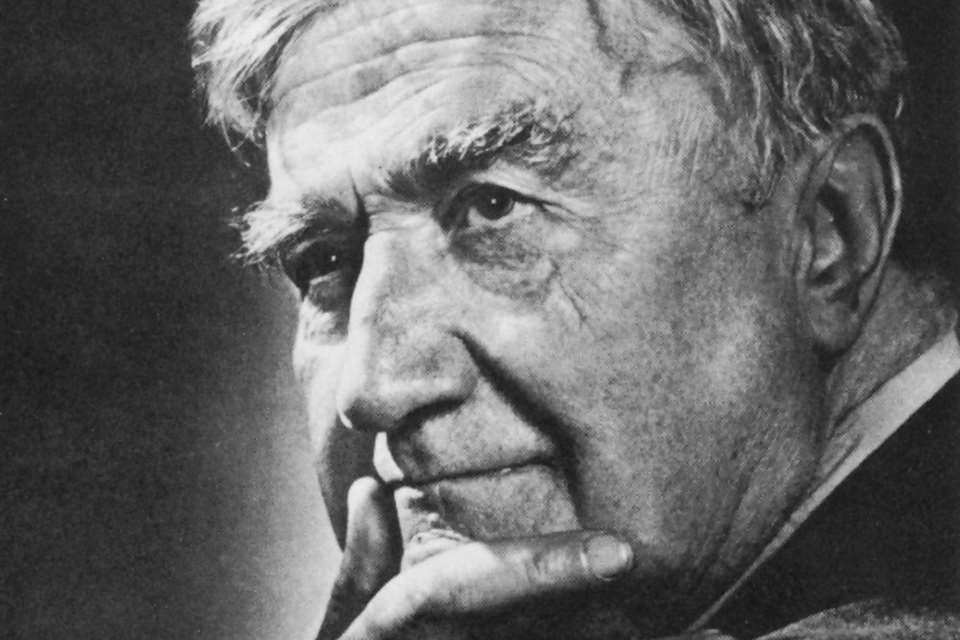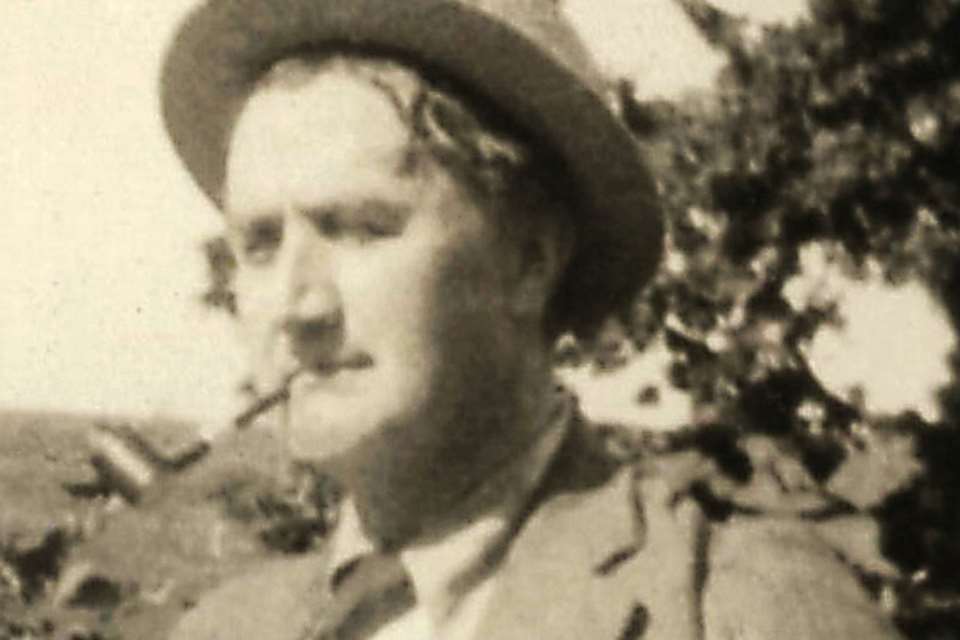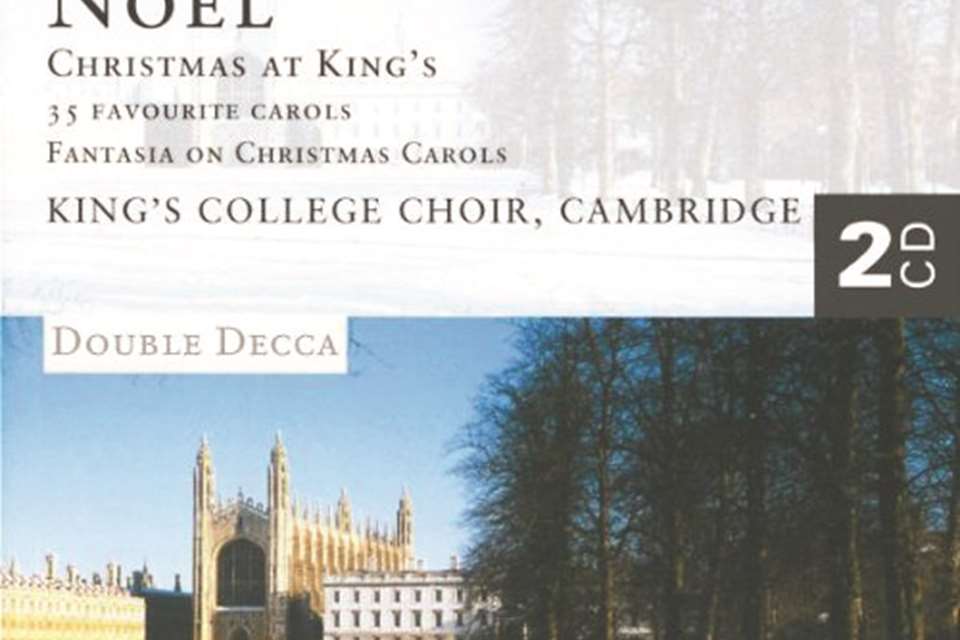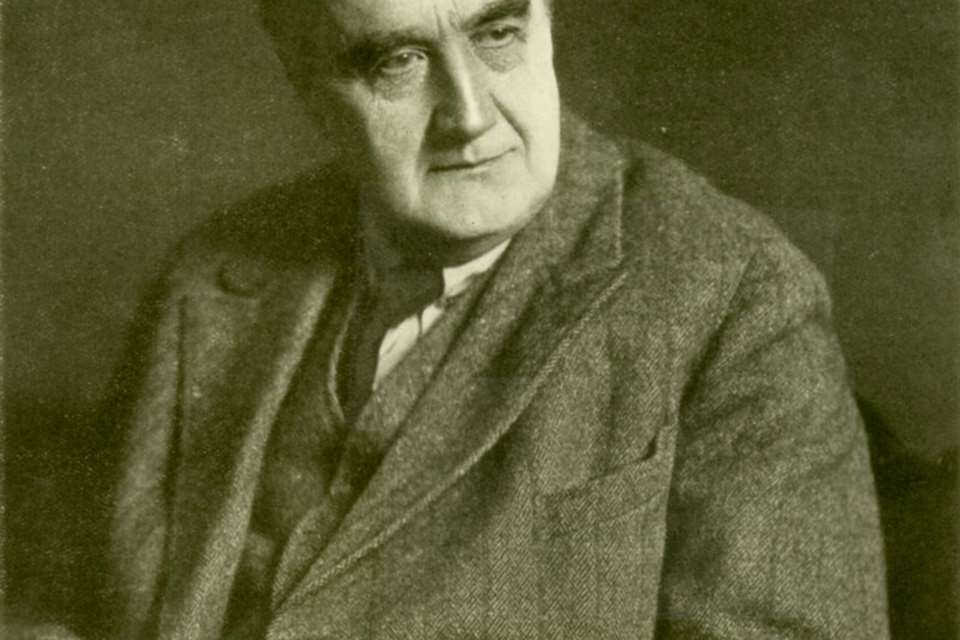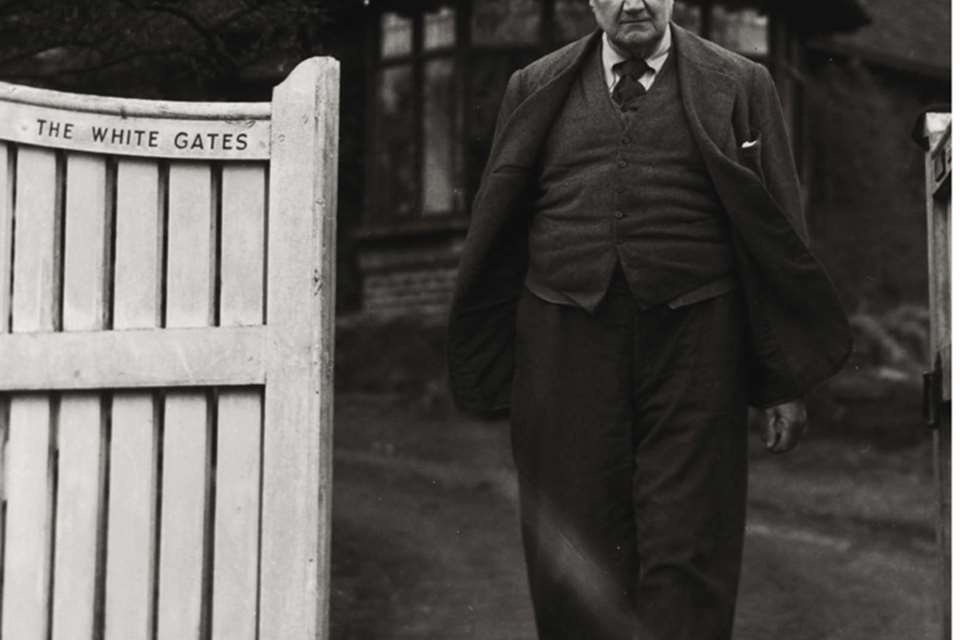Vaughan Williams’s Concerto for Oboe and Strings: a guide to the best recordings
David Threasher
Wednesday, July 5, 2023
Vaughan Williams’s 1944 Concerto for oboe and strings is one of few such works to maintain a foothold in the repertoire. David Threasher listens to a selection of the available recordings
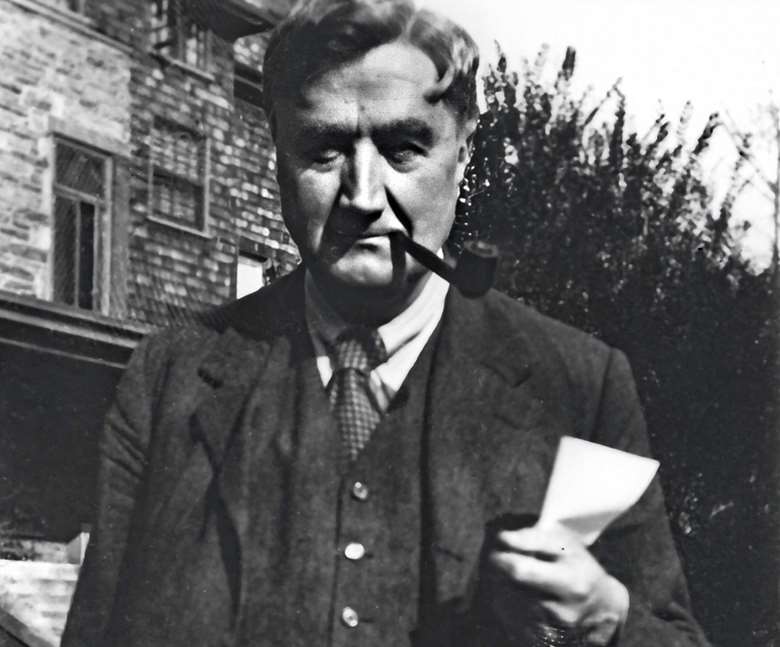
Register now to continue reading
Thanks for exploring the Gramophone website. Sign up for a free account today to enjoy the following benefits:
- Free access to 3 subscriber-only articles per month
- Unlimited access to our news, podcasts and awards pages
- Free weekly email newsletter





